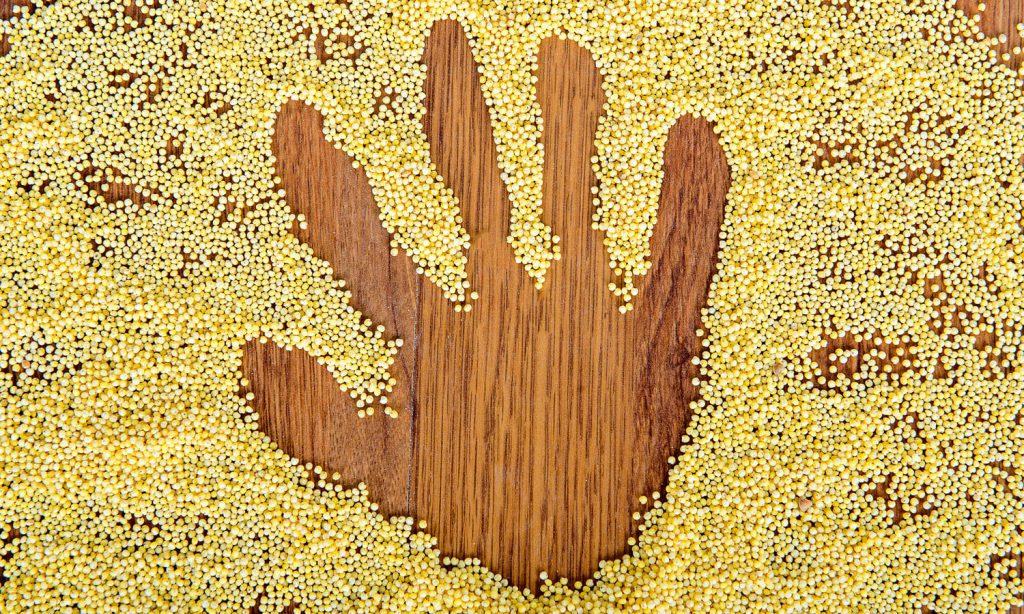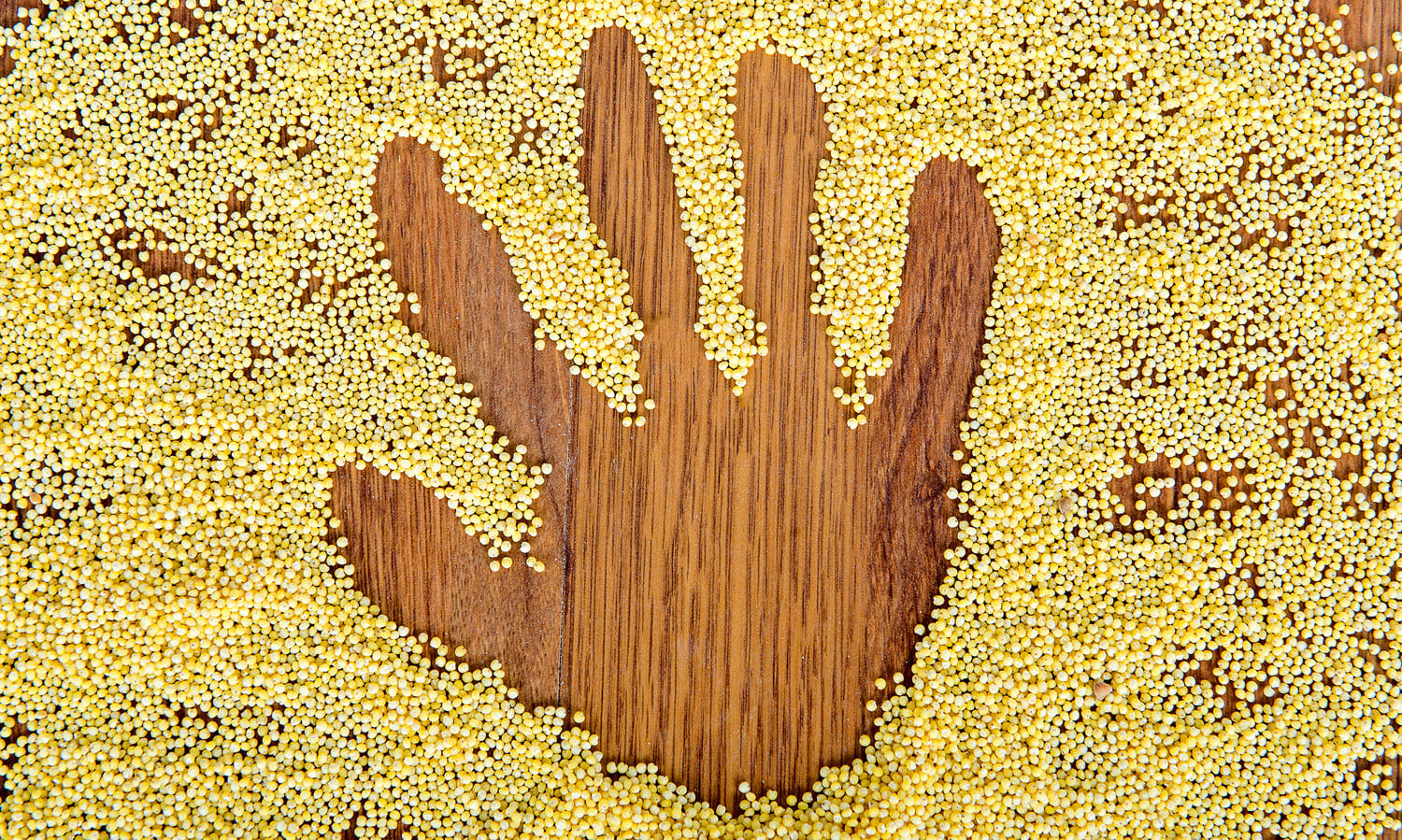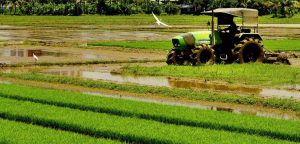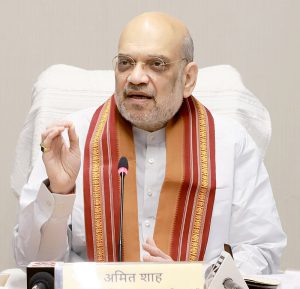Themes for a comprehensive plate-to-farm millet food system proposed the People’s Convention on Millets for Millions
The central government will work to decentralise food security by combining the traditional knowledge system of local communities on millets with the scientific knowledge of the universities, said Manoj Ahuja, secretary, Union Ministry of Agriculture and Farmers Welfare.
He was speaking at the ‘People’s Convention on Millets for Millions’, a gathering of farmers, civil society members, researchers and government officials from 28 states to deliberate upon a multi-sectoral approach to ensure that millet consumption benefitted not just consumers but rural communities.
“Food security, so far, has been very centralised, but today we need a decentralised system. Decentralised processing and marketing of millets needs to be economically viable to attract private investments, so that innovations like the ‘millet mixie’ (a machine which dehusks different varieties of millets) can be scaled up,” Ahuja said.
Different aspects of millets, including inclusion of millets in public diet through Public Distribution System and Integrated Child Development Services to mitigate malnutrition, seed and production systems, processing as well as markets, were discussed during the two-day event.
The conclusion of the session saw several recommendations on these aspects. Ramesh Chand, member of NITI Aayog and chief guest at the event, recommended the National Rainfed Area Authority (NRAA) to develop a detailed state-wise package of practices for millets.
“Promotion of millets as a staple food, inclusion of millet to increase dietary diversity and focused increase in investments and support for increasing millet productivity are my three key recommendations,” he said.
Ashok Dalwai, chief executive of NRAA, traced the trajectory of millets from being a forgotten food to being revalorised in India as a nutri-cereal in 2018, the National Year of Millets, which then led to the UN Declaration of 2023 as the International Year of Millets. He spoke on the need for taking up more research on millets, especially at a time of climate change and less water availability for agriculture.

So far, there has been very little research on millets, but now we have understood that we will have to take a new course, he said. “Farmers, consumers and ecology must be at the center of millet policy framework design. There is a need for more research and development activity on millets, and not just in production but also in processing and storage.”
For designing a comprehensive “plate-to-farm” millet food system, five themes were identified by the organisers, NRAA and Revitalising Rainfed India Network (RRA), for round table discussions to suggest policy recommendations based on experiences on the ground.
Centre should allocate funds to invest upfront, they said, advocating for decentralised procurement around the ‘final distribution points’ by involving farmer-producer organisations / self-help groups. They also recommended decentralised processing in which block- or mandal-level stock point-processing units can be established, from where material can go to anganwadi centres to minimise transportation charges and storage.
Developing and notifying standards for allowing millets in government warehouses and pest management are also imperative, the experts added. They also suggested methods to bring out local priorities like community-led mapping of seeds, knowledge- and ecosystem-based wisdom, including innovative cultivation methods.
For promoting the grains, they talked about the benefits of establishing millet corridors and behavioural changes through campaigns, food festivals and recipe competitions. Preparing ‘frequently asked questions’ for state-preferred millets was also proposed.
Read more at-https://bit.ly/3IKOHar





